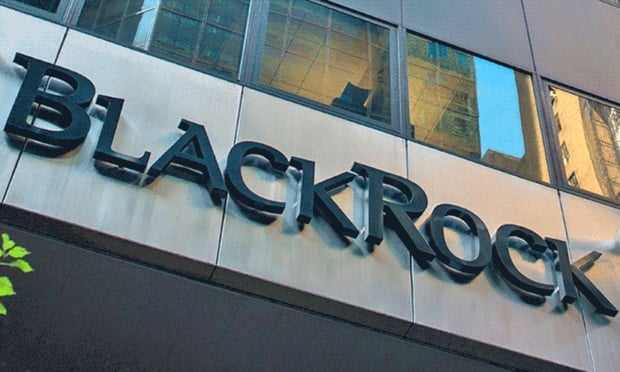Self-insurance is the most cost-effective way for employers to provide health benefits, according to a new white paper from the Healthcare Performance Management (HPM) Institute.
George Pantos, executive director of the HPM Institute says that companies opting to self-insure health benefits can avoid the 9 and 10 percent premium raises each year.
Since self-insured plans are exempt from state insurance mandates and premium taxes, employers can more readily customize health plans and dedicate more money to providing actual benefits.
Recommended For You
And when combined with Healthcare Performance Management (HPM), self-insurance can be even more effective. HPM is a technology-driven business strategy with the aim of decreasing costs by giving executives tools to measure the performance of their health plans and manage health risks.
"Executives are chiefly concerned with three things: governing their organizations effectively, managing risk, and complying with the law," said Pantos. "Self-insurance and HPM can support all three missions."
As the second or third largest expense for most companies, finding ways to control health benefit costs is paramount.
"Today's health care marketplace is more complicated than ever for American business," said Pantos. "Self-insurance, when employed in conjunction with HPM, can offer companies more control over their operations. That's key to preserving their bottom lines."
© Touchpoint Markets, All Rights Reserved. Request academic re-use from www.copyright.com. All other uses, submit a request to [email protected]. For more inforrmation visit Asset & Logo Licensing.






